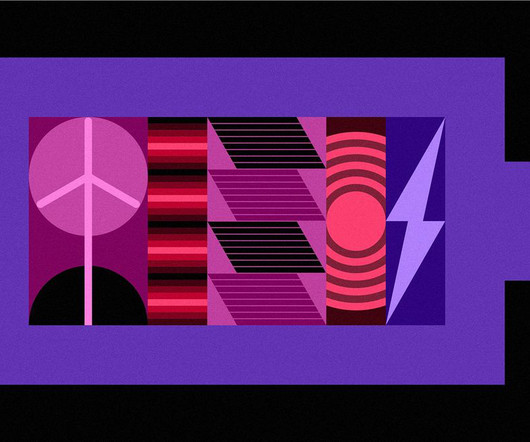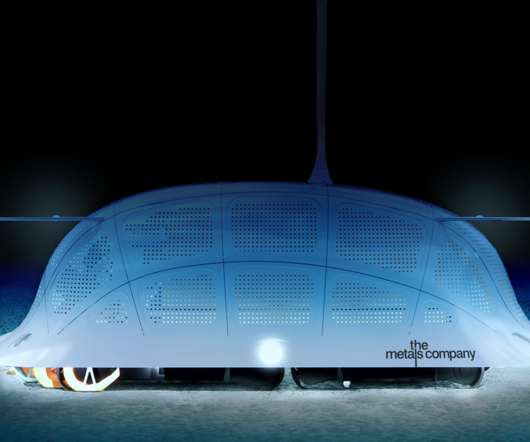MIT-led team devises new approach to designing solid ion conductors; implications for high-energy solid-state batteries
Green Car Congress
MARCH 26, 2018
Researchers led by a team from MIT, with colleagues from Oak Ridge National Laboratory (ORNL), BMW Group, and Tokyo Institute of Technology have developed a fundamentally new approach to alter ion mobility and stability against oxidation of lithium ion conductors—a key component of rechargeable batteries—using lattice dynamics.


















Let's personalize your content